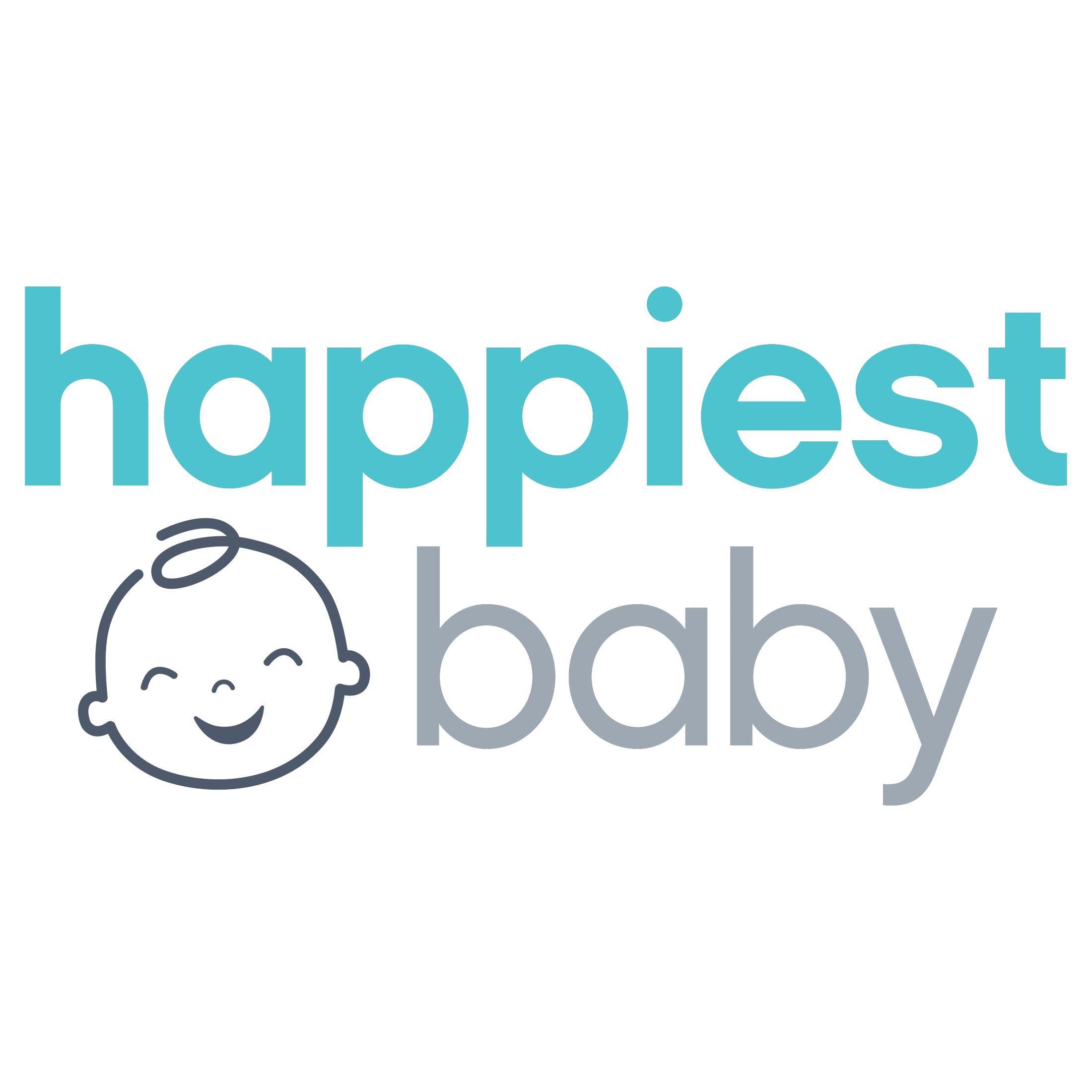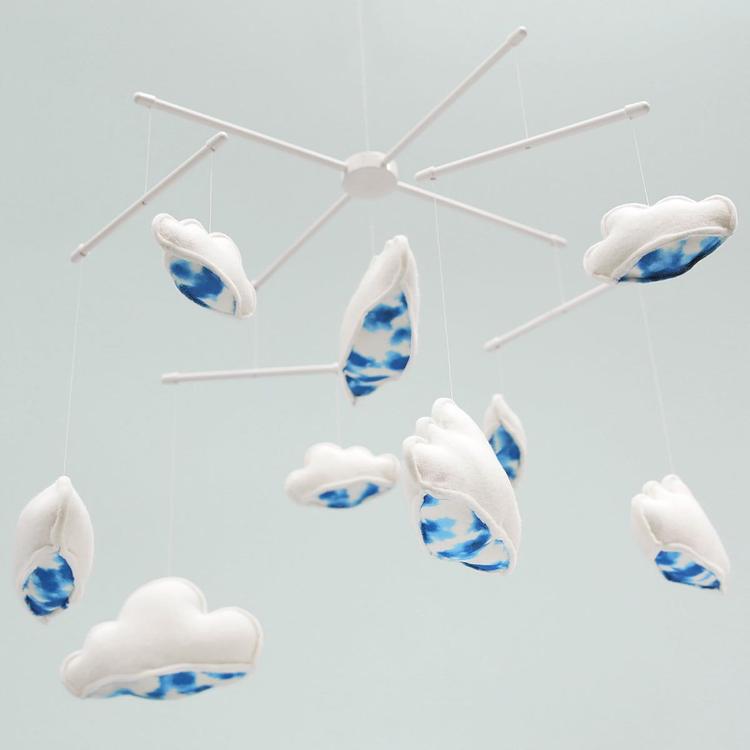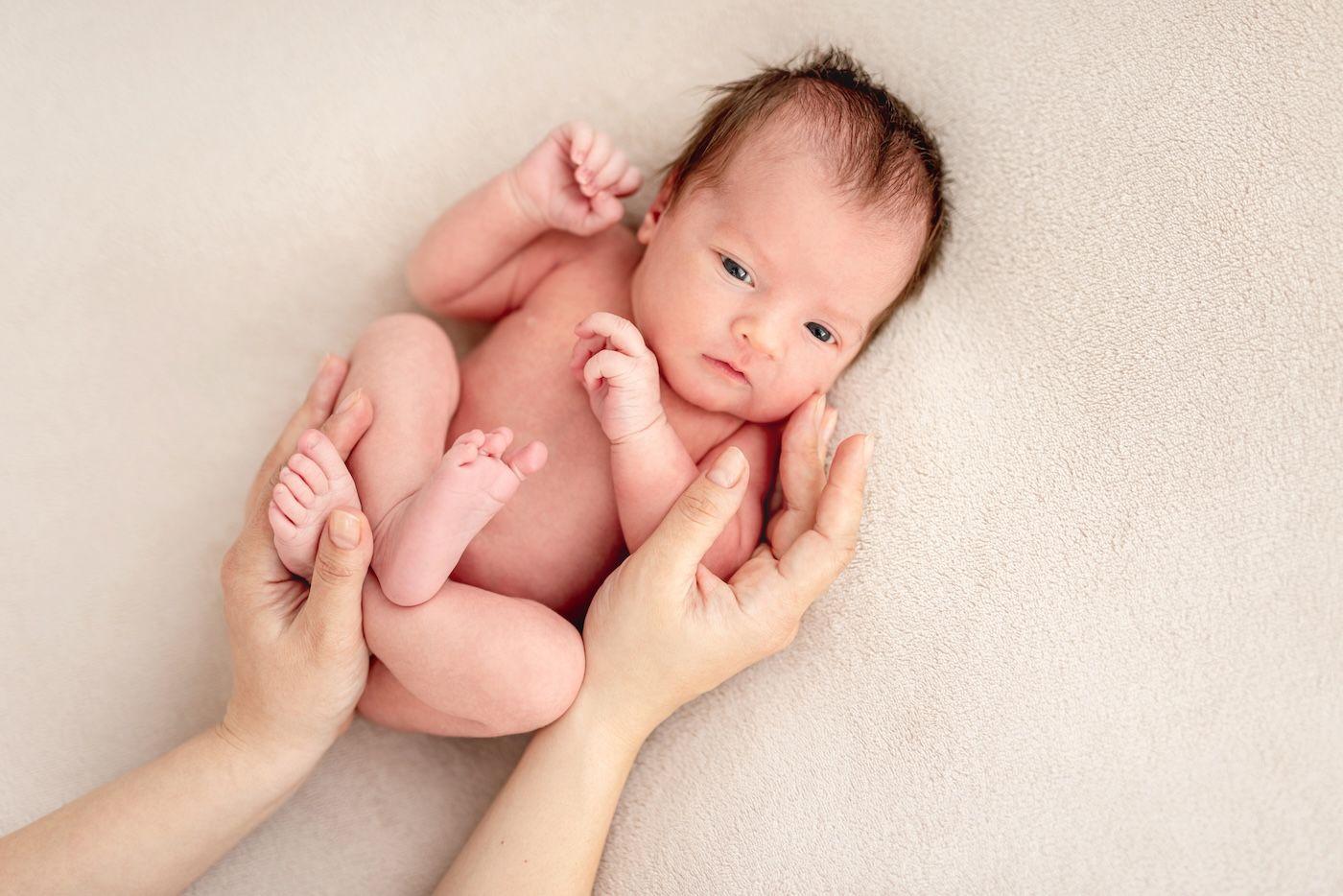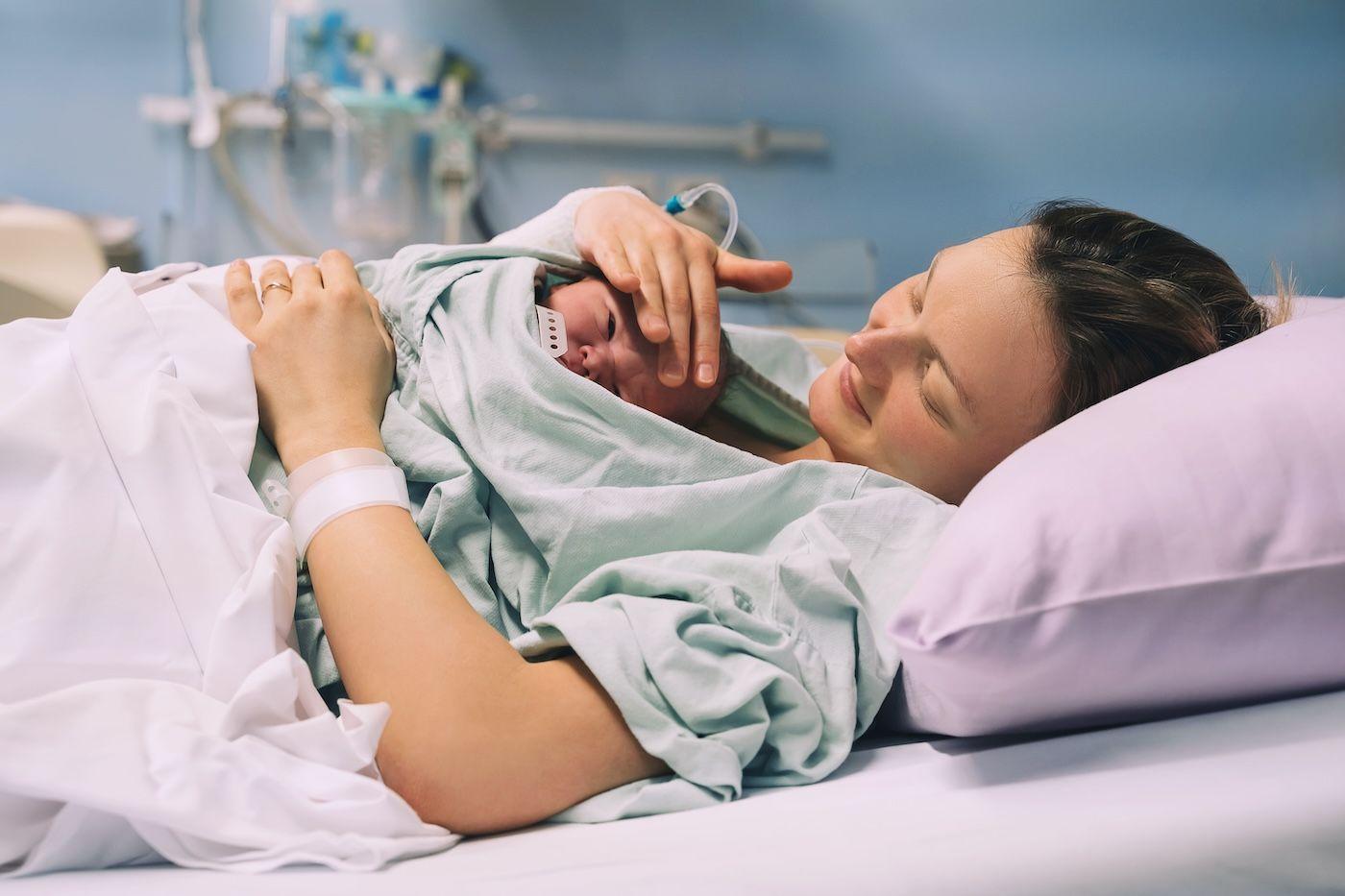Baby Bedding Advice
In the first days, weeks, and months of life, babies spend a lot of time (we’re talking as much as 17 hours a day!) snoozing. That makes it ultra-important that you outfit their bassinet—and later, their crib—with bedding that’s safe, clean, and comfy. Here’s everything you need to know about baby bedding, including what kind of bedding you need for a bassinet or crib, how to shop for the best baby bedding, and even how many sheets you need to buy.
Baby Bedding Essentials
Keep blankets and soft objects out of baby’s bed. We know that quilt that Aunt Linda knitted is super cute and cozy, but loose bedding has no place in your child’s bed! Blankets, pillows, stuffed animals, or similar objects could lead to suffocation or accidental strangulation and increase the risk of sleep-related deaths. You can use a fitted sheet (it should hug the mattress tightly with no slack) and a swaddle, but other than that, baby’s the only thing that belongs in bed!
Change the sheets once a week. There will be moments when it’s obvious that the sheets need to be cleaned (hello, gnarly blowouts!). But if you’re wondering how often you should wash baby bedding, the answer is about once a week. Even when your baby’s bedding doesn’t have visible stains, it may contain microscopic messes, like dust and dirt that can irritate the skin, or leaks that can’t be seen with the naked eye.
Use gentle detergent. You know that soft skin that makes your baby so snuggly and touchable...it can be really sensitive! If you notice your wee one’s skin is easily irritated (or if they have allergies or eczema), you’ll want to wash sheets with a color-free, fragrance-free detergent that’ll be less likely to rub them the wrong way.
Opt for organic cotton, the best material for baby bedding. Another important way to protect your baby’s delicate skin? Choose baby bedding that’s organic. An estimated 25% of the world’s pesticides and 10% of insecticides go to cotton plants, and a baby’s skin is going to be more susceptible to these chemical residues. (We’re partial to SNOO’s Fitted Sheets, which are made with soft, organic, breathable 100% cotton).
Stock up on spares. Accidents happen! Be prepared for life’s messiest surprises by having a change of sheets (or better yet, a whole bundle of spares) on hand. Bonus: Stocking up on sheets in different colors and patterns allows you to add a personal touch to baby’s bassinet. That’s why we recommend buying a bedding set with at least 3 sheets that you can wash, clean and store for baby bed emergencies.
Travel with a fitted sheet in tow. Babies thrive on consistency. When your little one is away from home, you’ll want to keep as many aspects of their sleep routine the same as possible. That means making up the hotel crib (or the borrowed SNOO at Grammy and Grampy’s) with the comfy fitted sheet that they’re used to.
Use this genius mattress protector hack. Middle-of-the-night leaks are inevitable…and changing the sheets in a bleary-eyed, zombie-like state is a total hassle. Once your little one has graduated to a crib, you can take advantage of this major parenting hack. First, buy an extra mattress protector. Then, when you initially make the bed, layer it like this: mattress protector, top sheet, second mattress protector, second top sheet. This way, the next time you face a late-night spit-up eruption or pee-splosion, you can simply remove the top two layers and—voila!—the rest of the bed is ready for your babe to rest her sleepy head (which means you can get back to slumberland pronto, too).
Conclusion: Baby Bedding Advice
Remember, babies are spending roughly two-thirds of their lives asleep, so it’s essential that you choose baby bedding, like the SNOO 3-sheet bundle, that promotes safe, healthy sleep...and it doesn’t hurt if that offers a few style points to boot!
















![[object Object]](/_next/image?url=https%3A%2F%2Fcdn.sanity.io%2Fimages%2F301lhh0a%2Fproduction%2Fdd778d7db2659c5d569eb609aeea0c12567e33a0-360x480.jpg&w=750&q=75)





